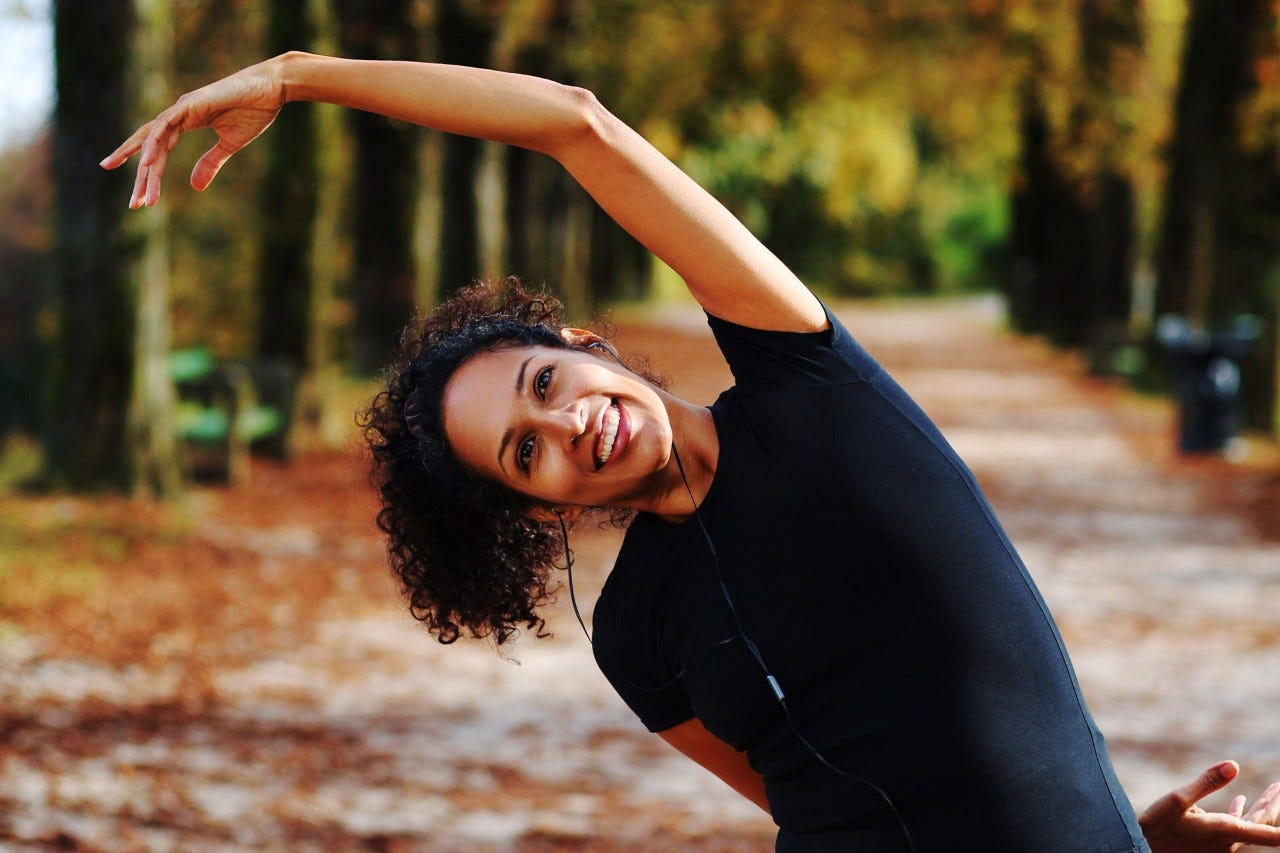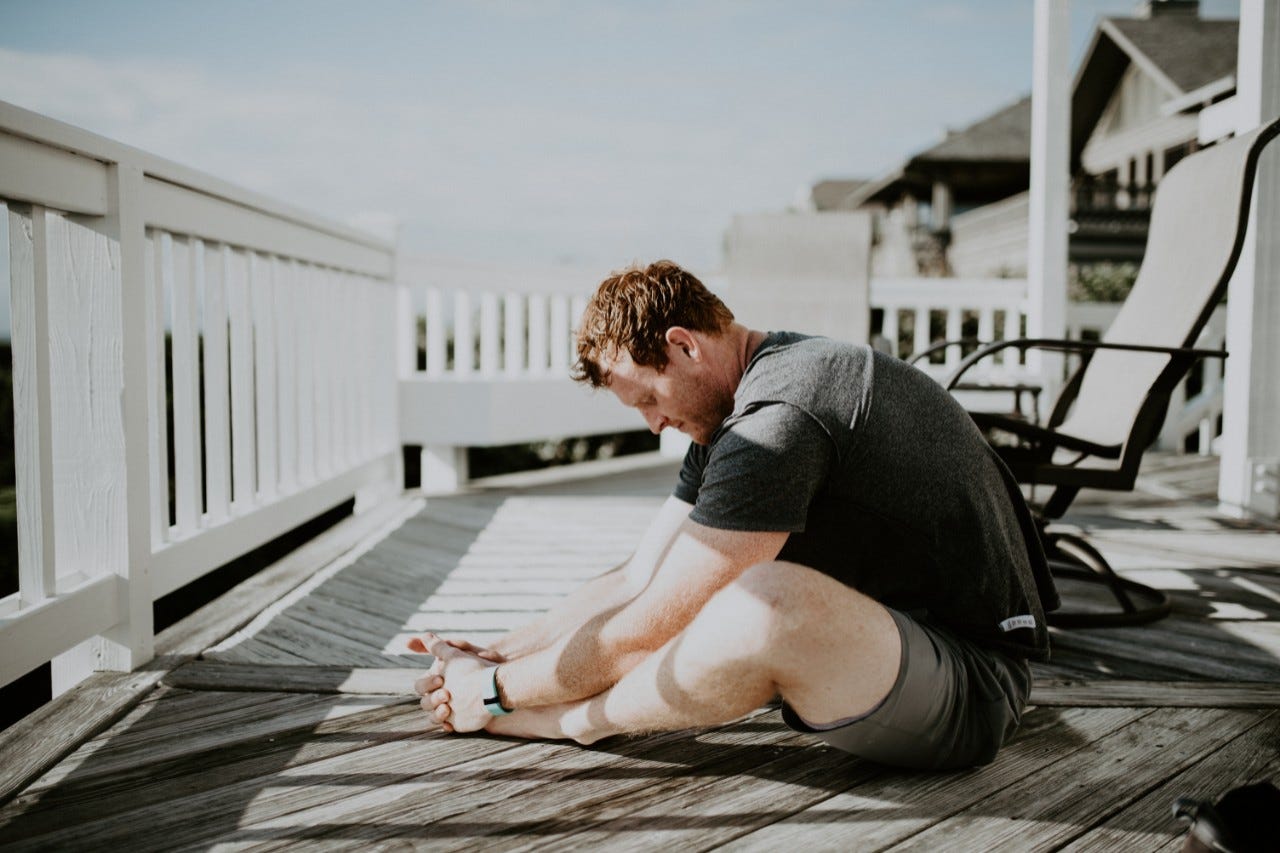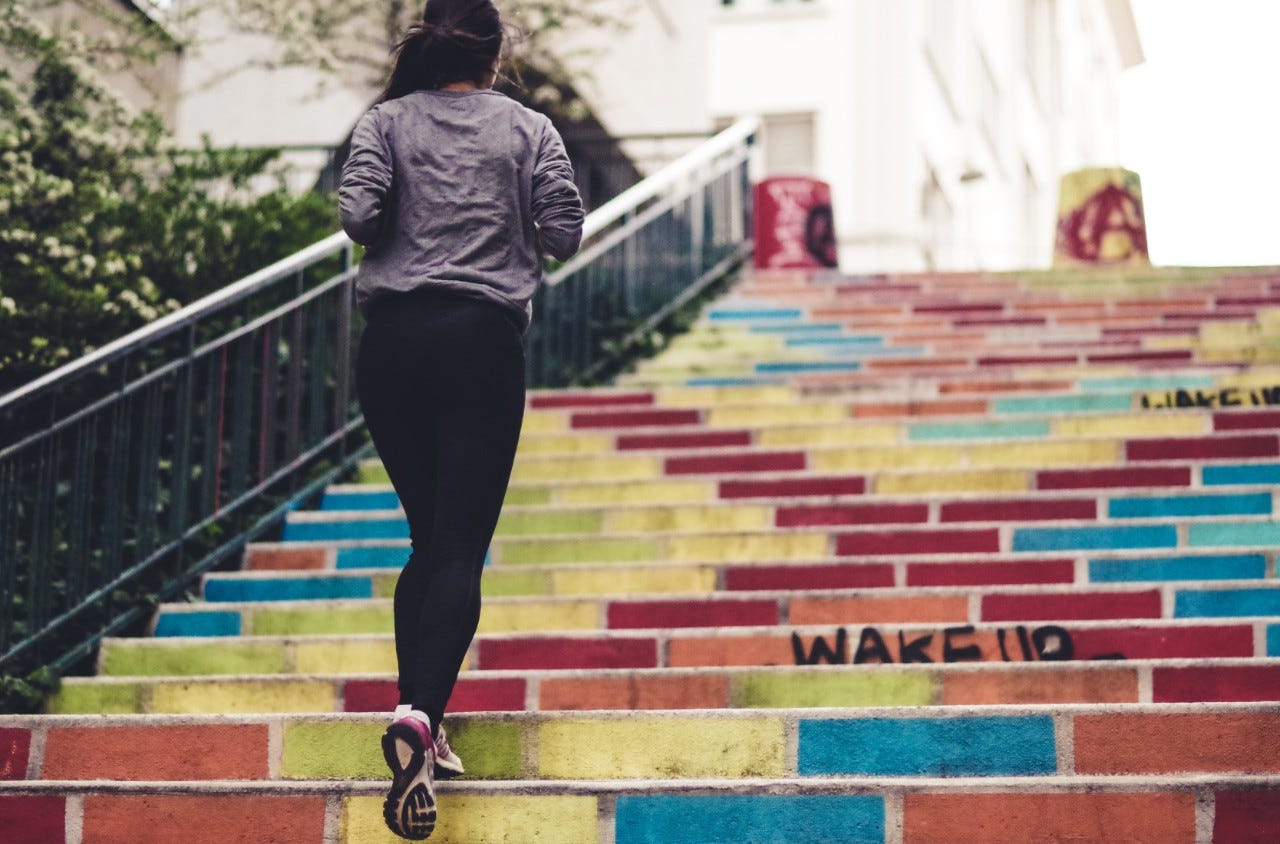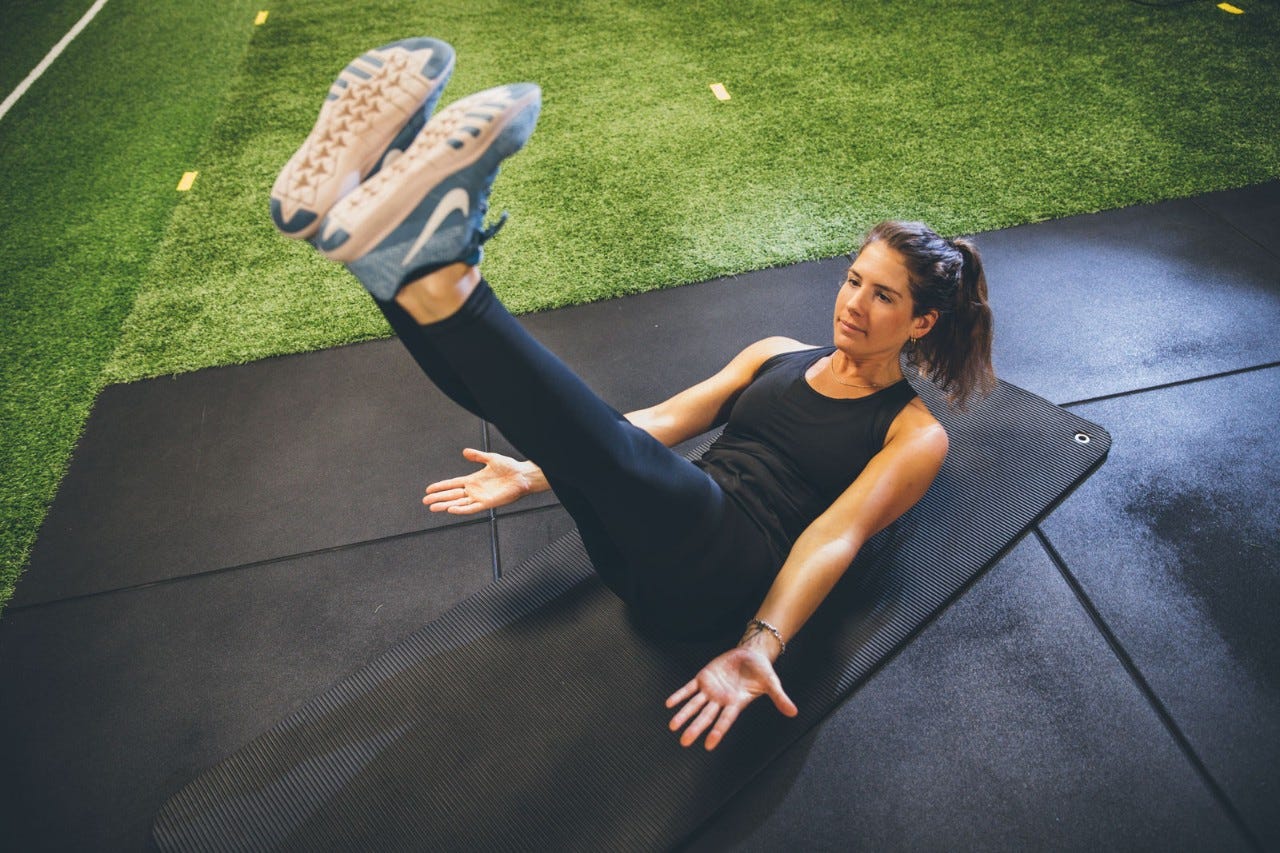Stretching properly
Stretching or not, constant or springy, before or after sport: there is a lot of confusion about stretching. We clear it up.

What is stretching?
Stretching is designed to keep muscles, tendons and ligaments flexible. It can also help us to relax and reduce stress.
What are the effects of stretching?
Unlike regular exercise and targeted strength training, science does not attribute any measurable benefit to stretching. “To this day, we can’t say whether stretching prevents injuries or reduces muscle soreness, let alone whether it makes us more flexible,” says physiotherapist Sebastian Cormier.
“Stretching primarily serves as a mental slowdown.”
When and how often should we stretch – daily?
It’s a sobering notion for many of us, but if we can’t move our body in certain ways due to a lack of flexibility, daily stretching soon helps to loosen us up. And for many people, stretching is quite simply a pleasant sensation, like scratching an itch for immediate relief. In the long term, the connective tissue and muscle fibres adapt to the stimuli through regular training and our mobility increases.
-
Stretch before or after training?
Studies show that it makes no difference whether you stretch before, during or after sport.
Cormier recommends that you warm up with dynamic stretching using circular or swinging movements before training to prepare your body and mind for what’s coming. Stretching after sport is more for winding down physically and mentally.
-
Stretching and strength training
Here, too, stretching after strength training can help you to relax. Dynamic stretching before working out prepares the muscles for the upcoming exertion. “I usually recommend stretching exercises for the shoulder girdle, thoracic spine and hips,” says Cormier.
-
Stretching when you have sore muscles
If your muscles are very sore, stretching shouldn’t be your first choice, because it can further damage the already injured muscle fibres. Light exercise or gentle massages are better for easing sore muscles.
Video: 5-minute whole-body stretch
Want to stretch your body? Our 5-minute video shows you stretches for the whole body that are easy to incorporate into your daily routine.
Static vs dynamic stretching: what’s best?
Whether you opt for static or dynamic stretching depends on your chosen sport, when you do it and your individual capabilities.
For example, studies show that static stretching with constant tension on the ligaments and muscles before certain workouts can reduce performance. After training, static and calming stretches can be good for mental relaxation.
Dynamic stretching involves moving the muscles actively and in a controlled manner using circular or swinging movements. But you have to be careful, warns Cormier, “because bouncing movements can be counterproductive. Bouncing at the end of a natural range of motion poses a risk of injury for beginners.”
Alternatives to stretching
Do other methods also increase joint mobility and flexibility? Yes, of course! Here are some examples:
- Fascia training: The best way to prevent tension and loosen knots is to use a foam roller. Rolling helps to restructure the fibres of the connective tissue and thus make them more elastic and supple.
- Yoga: Incorporating yoga into your daily routine helps to stretch the whole body. Cormier recommends the sun salutation as a particularly effective way of stretching. “This exercise sequence contains everything you need. And it can be adjusted to suit any level.”
- Strength training: Numerous studies show that strengthening different muscle groups also increases flexibility.
- Massage: Medical massages help to warm the muscles and ease knots between the muscles and fascia. This can improve joint mobility.


